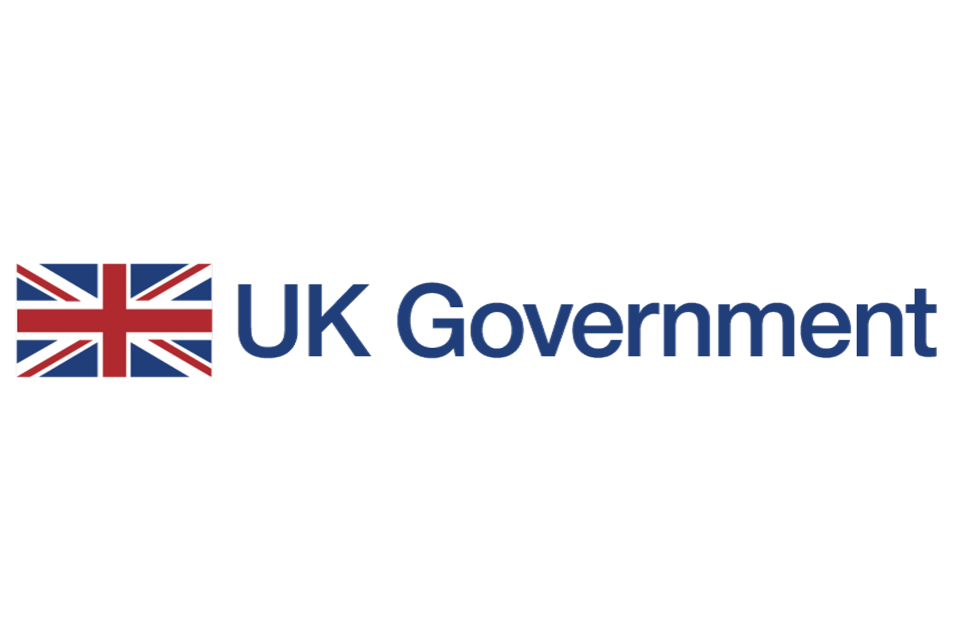Study on Aircraft Suitability to Operate at John A Osborne Airport, Montserrat
Bids to assess aircraft suitability for John A Osborne Airport are open.

Introduction
The Governor’s Office of Montserrat requests an independent assessment on the viability of operating various types of aircraft at John A Osborne airport. The Governor of Montserrat is responsible for ensuring the security and safety of operations at the airport, a responsibility which is delegated to UK Air Safety Support International (ASSI) which acts as Regulator.
The requested assessment is aimed at maximising the potential of John A Osborne airport, taking account of current and new aviation developments. In doing so, aviation safety and security remain paramount. The outcome of the assessment will be reviewed by ASSI.
The report will be made public.
Background
1.Montserrat is part of the Leeward Islands in the West Indies and is a British Overseas Territory (OT). The island is served by John A Osborne Airport which opened in 2005 following the eruption of the Soufriere Hills volcano in the late 1990s which destroyed the previous airport. There is one operator based on the island, Montserrat Airways trading as Fly Montserrat, which uses Islander aircraft on scheduled services to Antigua. There are several other airlines in the Eastern Caribbean such as SVG and Winair who offer both scheduled and ad hoc charter flights to Montserrat using Islanders and, on occasion, the Twin Otter.
2.The UK is signatory to the Chicago Convention which means that all constituent parts of the UK, including the OTs, are bound by the provisions within the Convention. As an international airport, John A Osborne airport is therefore subject to the Standards and Recommended Practices (SARPs) of the International Civil Aviation Organisation (ICAO) and is regulated by Air Safety Support International Limited (ASSI), a subsidiary company of the UK Civil Aviation Authority (CAA). As a UK OT, Montserrat must also comply with UK aviation policy which states that ICAO Recommended Practices should be complied with as far as is practicable. The regulatory code for the UK’s OTs are the Overseas Territories Aviation Requirements (OTARs). These can be found on ASSI’s website www.airsafety.aero.
3.In 2016, ICAO introduced the requirement for Runway End Safety Areas (RESA) at airports. As part of this change, a recommended practice was introduced for Code One non-instrument runways to have a RESA of 30 m. John A Osborne Airport.
4.John A Osborne (ICAO designator TRPG) airport has an asphalt runway, orientated 10/28, which sits at an elevation of 550ft amsl. There are steep downhill gradients with inhospitable terrain at both ends of the runway. Runways 10/28 are non-instrument and have a take-off run available (TORA) of 523 m/1, 715ft and a Landing Distance Available (LDA) of 510 m/1, 673ft and are therefore categorised as Code One runways. The environment surrounding the airport is obstacle rich. Due to the terrain and resultant wind effect on final approach, the Precision Approach Path Indicators (PAPIs) on the dominant runway 10 are set at 6 degrees. The Abbreviated PAPIs (APAPIs) on runway 28 are set at 4 degrees.
5.The airport is challenging to land and take off from, with the change to ICAO SARPs and the introduction of the RESA, the length of useable runway has reduced, impacting on the performance calculations and load factors for all aircraft.
6.It should be noted that the airport does not have any fuelling facilities. All details relating to the airport can be found within the Eastern Caribbean Aeronautical Information Publication (AIP) via the Trinidad and Tobago CAA website.
The task
1.The Government of Montserrat is keen to attract more visitors to Montserrat and to facilitate better connectivity with intercontinental flights arriving at Antigua. We are therefore seeking an independent assessment comparing the overall viability of aircraft types, to include but not be limited to the following:
- DHC6 Twin Otter
- BN2 Islander
- Cessna 208 Caravan
- Pilatus PC12
2.For each aircraft type assessed, the assessment should take into account the following factors:
- The performance characteristics of the aircraft using data from the manufacture and the Flight Manual
- The load restrictions given the declared distances and physical characterises of John A Osborne airport runway.
- The resultant operating costs
3.For each aircraft, a typical empty weight would need to be sourced along with average fuel consumption and direct operating costs per hour; all of this should be obtained from the aircraft manufacturers. For a realistic comparison, calculations should factor in 90 mins of fuel and the required crew.
4.Aircraft performance calculations must be made taking performance data supplied from the aircraft manufacturer in accordance with each aircraft’s performance class to establish compliant maximum take-off and landing weights at average Montserrat temperatures, pressures and wind components at various points throughout the day.
5.The available load should then be calculated by subtracting the aircraft weight with required crew and 90 mins of fuel from the maximum take-off and landing weights. The available load should then be divided by the ICAO standard passenger with baggage weights to give maximum passenger capacity for take-off and landing of each aircraft type.
6.Using the manufacturers’ mean cost per hour, the approximate cost per passenger should be calculated for each aircraft type for illustrative purposes.
7.The final report should quote the provenance of data used, including that associated with the average temperatures, pressures and wind, the assumptions made and should confirm that all relevant aspects of ICAO SARPs and the OTARs have been complied with when determining the viability of each option.
8.The report should clearly set out any recommendations with outline costings.
More information
-
Deadline for submission of bids: 1 March 2023
-
Contact for further information and address for submission of bids: david.vincent@fcdo.gov.uk